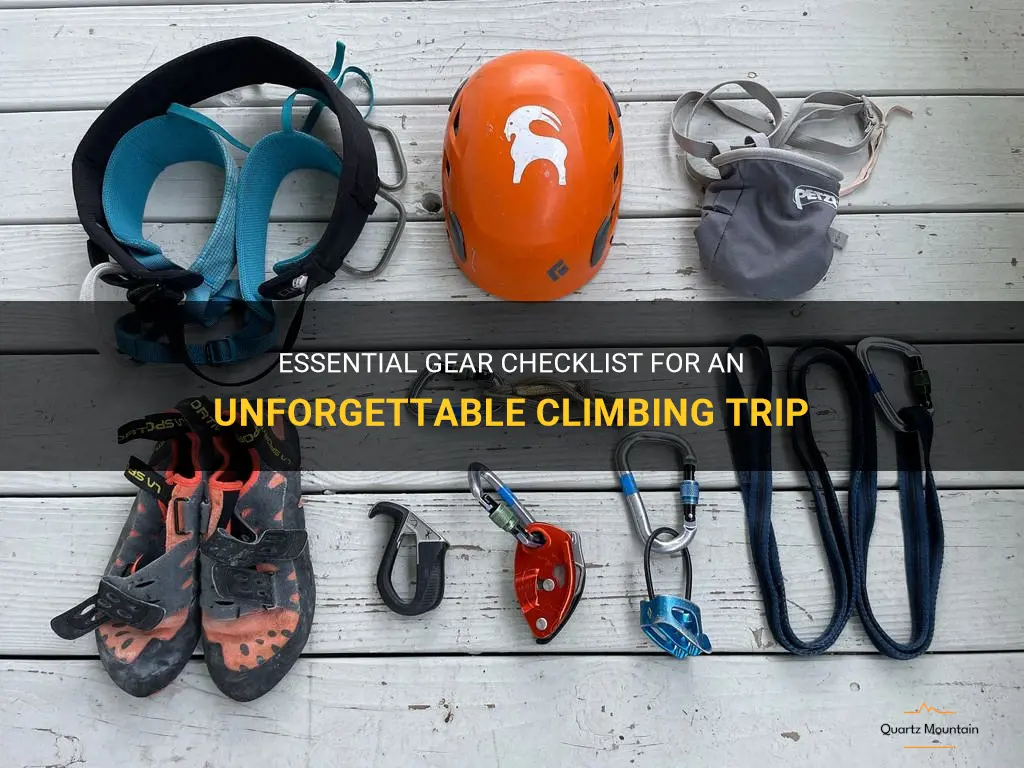
Whether you are an experienced climber or a beginner, having the right gear is essential for a successful and unforgettable climbing trip. From climbing shoes and a harness to ropes and carabiners, each piece of equipment plays a crucial role in your safety and enjoyment. In this essential gear checklist, we will explore the must-have items that should be included in your climbing pack. So before you embark on your next ascent, make sure to have these items on hand to ensure a memorable and successful climbing adventure.
| Characteristics | Values |
|---|---|
| Clothing | Layers, Insulation, Weather |
| Gear | Helmet, Harness, Ropes |
| Footwear | Climbing Shoes, Hiking Boots |
| Safety Equipment | Carabiners, Quickdraws |
| Navigation | Map, Compass, GPS |
| Food | Snacks, Water, Meals |
| Hydration | Water Bottles, Camelbak |
| First Aid | Bandages, Antiseptic |
| Shelter | Tent, Sleeping Bag |
| Accessories | Sunglasses, Headlamp |
What You'll Learn
- What are the essential items to pack for a climbing trip?
- Are there any specific clothing or gear recommendations for different types of climbing (e.g., rock climbing, ice climbing)?
- How should climbers prepare and pack food for a climbing trip?
- Are there any important safety or first aid items that climbers should make sure they have packed?
- Are there any additional considerations or tips for packing efficiently and maximizing space for a climbing trip?

What are the essential items to pack for a climbing trip?
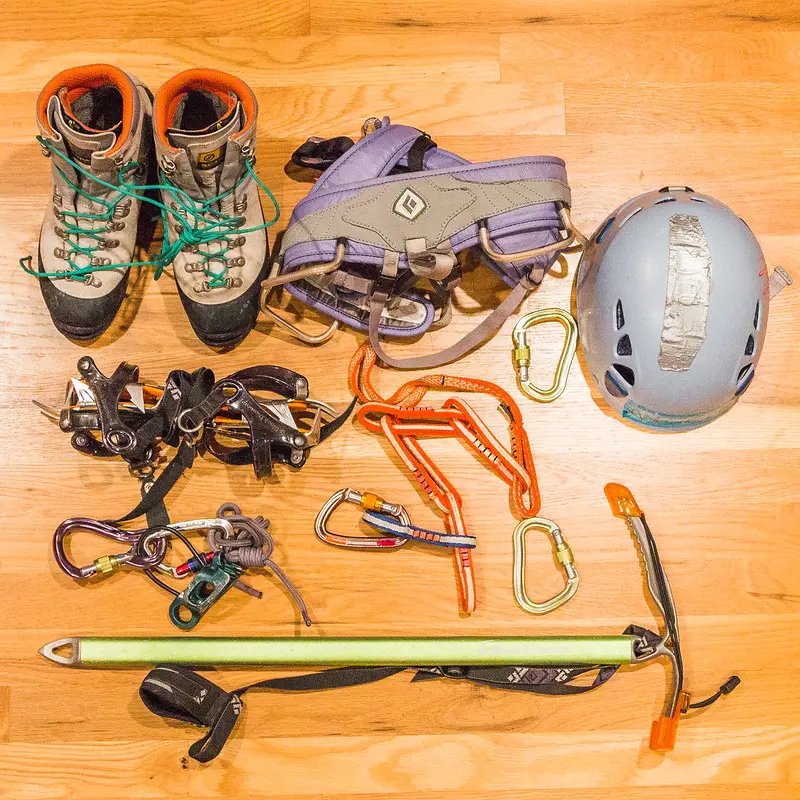
When going on a climbing trip, it is essential to pack the right gear and equipment to ensure your safety and maximize your enjoyment of the experience. Whether you are a beginner or an experienced climber, having the appropriate items with you can make a significant difference in your climbing success. In this article, we will explore the essential items you should pack for a climbing trip.
- Climbing Harness: A climbing harness is a fundamental piece of equipment for any climber. It provides a secure attachment point for your rope and protects you in the case of a fall. Look for a harness that fits well and is comfortable to wear for long periods.
- Climbing Rope: A high-quality climbing rope is essential for both safety and convenience. Look for a dynamic rope that has been tested and certified to meet industry standards. The length of the rope will depend on the type of climbing you plan to do, but a typical length is around 60-70 meters.
- Carabiners: Carabiners are used to connect various pieces of climbing equipment together. They are available in different shapes and sizes, each suited for specific purposes. It is recommended to carry a mix of locking and non-locking carabiners to accommodate different needs.
- Climbing Shoes: Climbing shoes are designed to provide maximum grip and sensitivity on the rock surface. They should fit snugly but still allow for flexibility and movement. Look for shoes with sticky rubber soles and a comfortable fit for prolonged use.
- Climbing Helmet: Safety should always be a top priority when climbing, and a helmet is essential for protecting your head from falling objects or accidental bumps against the rock. Choose a helmet that fits well and provides adequate protection.
- Chalk Bag: Climbers often use chalk to keep their hands dry and improve grip on the rock. A chalk bag is a small pouch that attaches to your harness, allowing you to access chalk easily during the climb.
- Quickdraws: Quickdraws are sets of two carabiners connected by a straight or curved piece of material. They are used to attach the rope to the climbing anchor points on the wall. Quickdraws come in various lengths, and it is recommended to carry a few of different sizes.
- Belay Device: A belay device is used to control the rope while belaying a climber. There are various types of belay devices available, each with different features and usage methods. Choose one that suits your preference and experience level.
- Climbing Clothes: Comfortable and stretchy clothing is crucial for climbing. Choose clothes that allow for freedom of movement and wick away sweat. Consider wearing synthetic or wool fabrics that dry quickly and provide insulation even when wet.
- First Aid Kit: Accidents can happen even to the most experienced climbers. Having a first aid kit on hand is essential for treating minor injuries and providing assistance until professional medical help can be obtained. Make sure your kit includes bandages, antiseptic wipes, pain relievers, and any necessary personal medications.
Remember, this is just a basic list of essential items to pack for a climbing trip. Depending on the specific climbing activity, location, and duration of your trip, you may need to modify this list accordingly. It is always a good idea to do thorough research and consult experienced climbers or guides to ensure you have all the necessary gear and equipment. By being well-prepared, you can have a safe and enjoyable climbing experience.
Essential Items to Pack in Your Hospital Bag for a Planned C-Section
You may want to see also

Are there any specific clothing or gear recommendations for different types of climbing (e.g., rock climbing, ice climbing)?
_20240225143840.webp)
When it comes to climbing, whether it be rock climbing or ice climbing, having the right clothing and gear is essential for both safety and comfort. The type of climbing you are planning to do will dictate the specific clothing and gear requirements. In this article, we will discuss the recommendations for different types of climbing.
Rock Climbing:
Rock climbing involves scaling vertical rock faces or cliffs. The clothing and gear for rock climbing should prioritize flexibility, breathability, and durability. Here are some specific recommendations:
- Climbing Shoes: A good pair of climbing shoes with a sticky rubber sole is crucial for rock climbing. These shoes provide the necessary grip and traction on the rocks.
- Harness: A climbing harness is a padded belt that wraps around the waist and legs. It is used to attach yourself to the climbing rope and provides support and safety during a climb.
- Helmet: A climbing helmet is essential to protect your head from falling rocks or accidental hits.
- Clothing: Wear comfortable and flexible clothing that allows for a wide range of movement. Opt for moisture-wicking and breathable materials to keep you cool and dry during climbs.
- Chalk Bag: Rock climbers often use chalk to improve grip on their hands. Having a chalk bag attached to your harness can make it easily accessible during climbs.
Ice Climbing:
Ice climbing involves ascending frozen waterfalls or ice formations. The clothing and gear for ice climbing need to provide insulation, waterproofing, and protection against the cold and wet conditions. Here are some specific recommendations:
- Crampons: Crampons are metal spikes that attach to your boots and provide traction on the ice. They are essential for ice climbing to prevent slipping.
- Ice Axes: Ice axes are used for balance and stability while climbing ice. They help in digging into the ice and provide support.
- Ice Screws: Ice screws are used to create anchor points in the ice. They are crucial for protection and securing the climbing rope.
- Clothing: Layering is key for ice climbing. Start with a moisture-wicking base layer to keep your body dry, followed by an insulating mid-layer to trap heat, and finish with a waterproof and windproof outer layer to protect against the elements.
- Gloves: Insulated gloves with good dexterity are essential for ice climbing. They should provide warmth and protection while allowing you to handle the ice tools.
- Gaiters: Gaiters are protective coverings that go over your boots and lower legs. They keep the snow out and provide extra insulation.
It is important to note that these recommendations are not exhaustive, and individual preferences and specific climbing conditions may require additional or specialized equipment. Additionally, proper training and instruction in the use of the equipment are essential for safe climbing. Always consult with experienced climbers or professionals for guidance on the specific clothing and gear requirements for your climbing adventures.
Essential Items to Bring on an Exciting Alaska Cruise to Ketchikan
You may want to see also

How should climbers prepare and pack food for a climbing trip?
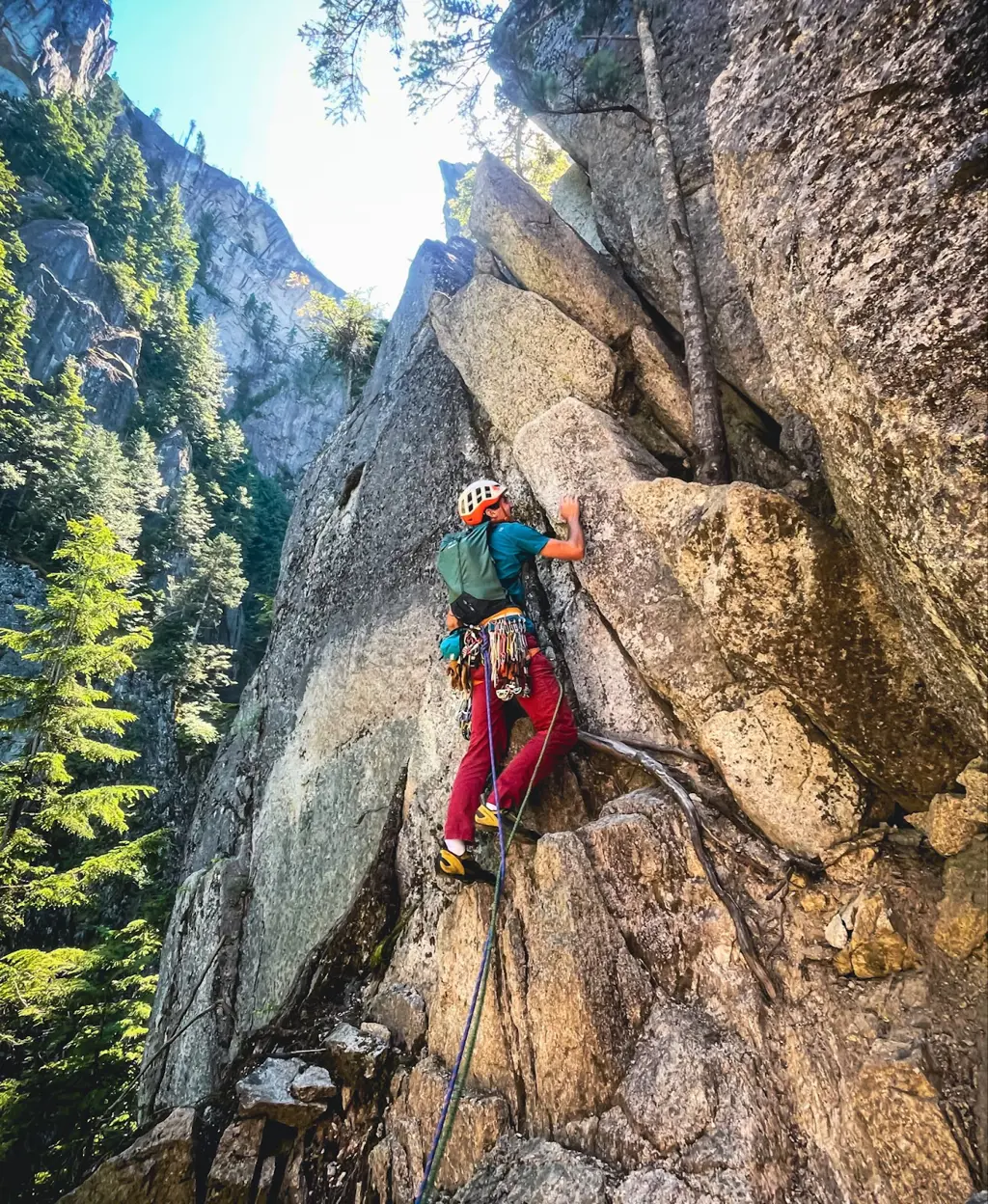
Climbing trips can be physically demanding, requiring climbers to be prepared both mentally and physically. One key aspect of preparation for a climbing trip is ensuring that climbers have adequate nourishment. Proper nutrition is essential for providing the energy and stamina needed to tackle the mountains.
There are several important considerations when preparing and packing food for a climbing trip. These include the type of food, the calorie density, the weight, and the convenience of the food.
Firstly, it is important to choose foods that are lightweight and easy to carry. Climbing trips often involve long hikes and carrying heavy backpacks, so it is important to minimize the weight of the food. Lightweight options include dehydrated meals, energy bars, and trail mix.
Dehydrated meals are a popular choice among climbers, as they are lightweight, easy to prepare, and provide essential nutrients. These meals come in a variety of flavors and can be rehydrated with hot water. They offer a convenient option for climbers who want a warm, filling meal at the end of a long day.
Energy bars are another great option for climbers, as they are compact and provide a quick source of energy. Look for bars that are high in calories and contain a good balance of carbohydrates, proteins, and fats. This will ensure that climbers have sustained energy throughout their climb.
Trail mix is a simple yet effective option for climbers, as it provides a mix of carbohydrates, proteins, and healthy fats. It is lightweight and can be easily packed into individual portions. Opt for a mix that includes nuts, dried fruits, and seeds for a nutritious and delicious snack.
In addition to the type of food, climbers should also consider the calorie density of their food choices. Calorie-dense foods provide a higher amount of calories per weight, which is important for climbers who need to consume a large number of calories to fuel their activities. Foods such as nuts, dried fruits, and nut butters are all high in calories and can help climbers meet their energy requirements.
When planning meals for a climbing trip, it is important to consider the nutritional needs of the climbers. They should aim to consume a balance of carbohydrates, proteins, and fats to ensure that they have sustained energy and support muscle recovery. Carbohydrates provide the body with quick energy, while proteins help repair and build muscles, and fats provide a longer-lasting source of energy.
A sample meal plan for a climbing trip could include oatmeal with dried fruits and nuts for breakfast, energy bars and trail mix for snacks, and dehydrated meals or sandwiches with nut butter and fruits for lunch and dinner. The key is to choose foods that are lightweight, easy to prepare, and provide the necessary nutrients.
In conclusion, climbers should carefully consider their food choices when preparing and packing for a climbing trip. It is important to choose lightweight, calorie-dense, and nutritious foods that provide the necessary energy and nutrients for a successful climb. By planning meals and snacks that meet the nutritional needs of climbers, they can ensure that they have the energy and stamina needed to tackle the mountains.
Essential Packing List for a 4-Day Winter Adventure in Europe
You may want to see also

Are there any important safety or first aid items that climbers should make sure they have packed?
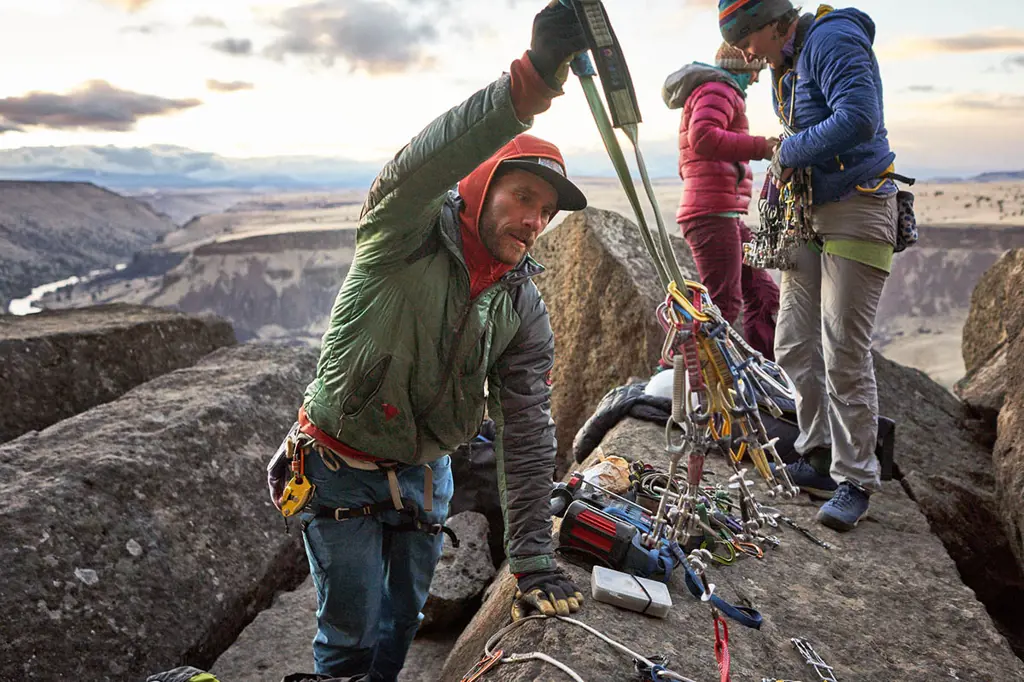
When embarking on a climbing expedition, it is essential to be prepared for any potential accidents or emergencies that may occur. Climbing can be a dangerous activity, and having the right safety and first aid items readily available can make a significant difference in overcoming unforeseen challenges. Here are some important safety and first aid items that climbers should make sure they have packed.
- First Aid Kit: A well-stocked and comprehensive first aid kit is crucial for climbers. It should include items such as adhesive bandages, blister pads, gauze pads, adhesive tape, antiseptic wipes, tweezers, scissors, and pain relievers. Additionally, it is a good idea to include any personal medications or prescriptions that climbers may need while on the climb.
- Climbing Helmet: No matter the difficulty level of the climb, wearing a climbing helmet is vital to protect the head from falling rocks, debris, or accidental collisions. It is essential to choose a helmet that fits properly and is certified by relevant safety organizations.
- Climbing Harness and Belay Device: A climbing harness is an essential piece of safety equipment that connects the climber to the rope and provides support in case of a fall. Additionally, a belay device is necessary to control the rope and arrest any unexpected falls. Both the climbing harness and belay device should be properly maintained and checked for any signs of wear and tear before each climb.
- Climbing Shoes: Having appropriate climbing shoes that fit well can greatly enhance a climber's grip and stability while on the wall. Climbing shoes with a good rubber sole and snug fit provide better control and allow climbers to feel the rock surface more accurately.
- Headlamp: A reliable headlamp is essential for climbers, especially during multi-day expeditions or when climbing in low light conditions. It can help illuminate the path, aid in navigation, and provide visibility in dark or foggy environments.
- Emergency Communication Device: Carrying an emergency communication device, such as a satellite phone or a personal locator beacon (PLB), can be a lifesaver in remote climbing areas with limited cell phone coverage. These devices allow climbers to alert emergency services in the event of an accident or emergency.
- Sun Protection: Climbers spend a significant amount of time exposed to the sun's harmful rays, especially at high altitudes where the UV radiation is stronger. It is essential to pack sunscreen with a high SPF, lip balm with sun protection, and protective clothing, such as a broad-brimmed hat and sunglasses, to shield the skin and eyes from the sun's rays.
- Navigation Tools: Carrying a map, compass, and/or a GPS device is crucial for climbers, especially when navigating unfamiliar terrain. These tools can help climbers stay on the right path and avoid getting lost.
- Water and Food: Staying hydrated and fueled is essential for climbers, as dehydration and lack of energy can impair judgment and physical performance. It is crucial to pack enough water and high-energy snacks or meals to sustain energy levels during the climb.
- Knowledge and Training: While not physical items per se, having the necessary knowledge and training in first aid, rope skills, route planning, and self-rescue techniques is crucial for climbers. Taking courses and gaining experience in these areas can significantly increase safety and mitigate risks during a climb.
In conclusion, climbers should ensure they have packed the necessary safety and first aid items before embarking on any climbing expedition. It is crucial to be well-prepared and equipped to handle potential accidents or emergencies that may arise. By having a comprehensive first aid kit, wearing appropriate safety gear, carrying essential communication devices, and being knowledgeable in climbing techniques, climbers can minimize risks and maximize safety while enjoying their climbing experience.
Essential Items to Pack for a Memorable Week in the Maldives
You may want to see also

Are there any additional considerations or tips for packing efficiently and maximizing space for a climbing trip?
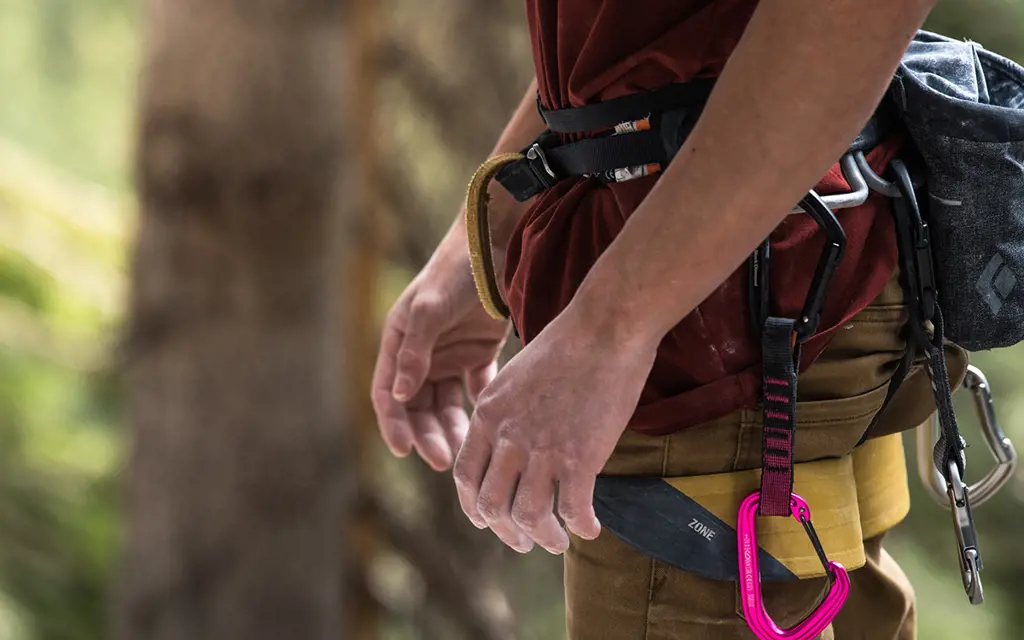
Are you planning a climbing trip? Packing efficiently and maximizing space are essential for a successful and enjoyable adventure. Here are some additional considerations and tips to help you make the most of your packing space and stay organized during your climbing trip.
- Use a packing list: Before you start packing, create a comprehensive packing list. This will ensure that you don't forget any essential items and will help you stay organized. Divide your list into categories such as clothing, gear, and personal items.
- Research the destination and climate: Knowing the weather conditions and terrain at your destination is crucial. This information will help you decide what kind of clothing and gear you need to pack. For example, if you're going to a cold and snowy area, pack warm layers and insulated gear. If you're heading to a hot and sunny location, bring lightweight and breathable clothing.
- Choose versatile clothing: Opt for clothing items that can be layered and worn in different ways. This will help you maximize space and reduce the number of items you need to pack. Pack clothing items that are durable, quick-drying, and lightweight. Consider packing items that can serve multiple purposes, such as convertible pants that can be turned into shorts.
- Use compression sacks and packing cubes: These organizing tools are excellent for maximizing space in your backpack or suitcase. Compression sacks allow you to compress bulky items like sleeping bags or puffy jackets, while packing cubes help you organize and separate your clothes. Roll your clothes tightly instead of folding them to save space.
- Minimize toiletries: Toiletries can take up a significant amount of space in your bag. Consider packing travel-sized or sample-sized toiletries instead of full-sized ones. If possible, buy toiletries at your destination to lighten your load. Remember to carry only the essentials and consider a solid alternative to liquid products to avoid spills.
- Share gear with your climbing partners: If you're traveling with climbing partners, coordinate your gear to avoid duplication. Share items like climbing ropes, carabiners, and tents to maximize space and reduce weight. Make sure everyone is clear on who is responsible for each piece of shared gear.
- Prioritize essential gear: When packing your gear, prioritize the items that are absolutely necessary and leave behind non-essential items. This will help you save space and reduce the weight of your backpack. Consider the specific requirements of your climb and pack accordingly.
- Consider renting gear: If you don't own all the necessary climbing gear, consider renting it instead of buying. Renting gear can save you money and space in your bag. Make sure to research rental options in advance and reserve the gear you need.
- Pack snacks and meals wisely: Climbing requires a lot of energy, so it's important to pack nutritious and lightweight snacks. Choose items that are easy to carry and don't require refrigeration. Consider energy bars, nuts, dried fruits, and jerky. If you're planning on cooking meals, opt for lightweight and compact camping meals or dehydrated food options.
- Test your pack weight: Before embarking on your climbing trip, test the weight of your fully packed backpack. This will give you a sense of how heavy it is and allow you to make adjustments if necessary. Remember that a heavy backpack can negatively impact your balance and climbing ability.
Packing efficiently and maximizing space for a climbing trip is all about careful planning and organization. By following these additional considerations and tips, you'll be well-prepared for your adventure. Happy climbing!
Essential Packing List for a Memorable Trip to Mauritius in October
You may want to see also
Frequently asked questions
When planning for a climbing trip, it's important to pack appropriate clothing that will keep you comfortable and protected. You'll want to pack layers, including a base layer made of moisture-wicking fabric to keep sweat away from your body. This can be a long-sleeve or short-sleeve shirt, depending on the weather. A mid-layer, such as a fleece or softshell jacket, will provide insulation and help keep you warm. Finally, a waterproof and windproof outer layer, such as a rain jacket or shell, will protect you from the elements.
The gear you'll need for a climbing trip will depend on the type of climbing you plan to do. If you're going sport climbing, you'll need a harness, climbing shoes, a helmet, and quickdraws. If you're going trad climbing, you'll need all the previous items plus a full set of nuts, cams, and slings. You'll also want to bring a belay device, carabiners, a climbing rope, and a chalk bag. Additionally, it's important to have a first aid kit, a headlamp, a multi-tool, and plenty of water and snacks.
In addition to clothing and gear, there are a few other essentials you should pack for a climbing trip. Sunscreen is important to protect your skin from harmful UV rays, especially at higher altitudes. You'll also want to bring a hat and sunglasses to shield your face and eyes from the sun. Don't forget to pack a camping stove and cookware if you'll be camping, as well as a tent, sleeping bag, and sleeping pad. It's also a good idea to bring a camera to capture the stunning views and memories of your climbing trip.







